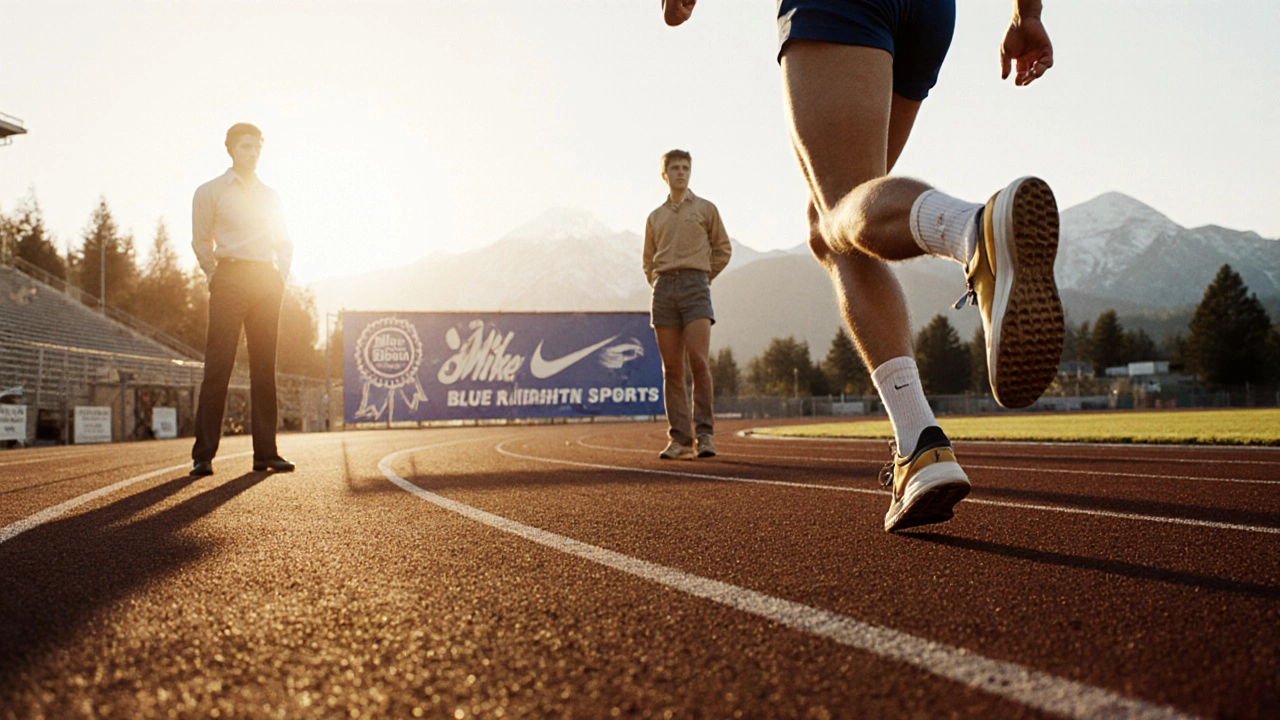
Sports Equipment Market: Trends, Gear, and Buying Tips
If you’re curious about the sports equipment market, you’re in the right spot. When looking at sports equipment market, the collection of products, prices, and buying patterns that shape how athletes and fans get the gear they need. Also known as sports gear market, it reflects everything from high‑tech shoes to budget‑friendly balls. Another key part is sports gear, the actual equipment like shoes, bats, and protective wear. It directly influences performance and injury risk. We also watch equipment pricing, the cost trends that decide what you pay for a pair of spikes or a set of dumbbells. Pricing shapes buying decisions across all skill levels. The sports equipment market encompasses consumer trends, requires technology innovation, and influences how clubs allocate budgets.
Performance hinges on the right gear. Modern shoes embed carbon‑fiber plates, a move that boosts speed while reducing fatigue. Protective wear now uses smart fabrics that monitor impact and alert athletes to potential injuries. Durability matters too; equipment built to last reduces long‑term costs and waste. Because of these advances, the market sees a constant push for lighter, stronger, and more data‑rich products. Consumers look for items that not only improve scores but also keep them safe, so brands that combine performance with injury prevention capture a larger slice of the market. In addition, equipment pricing varies by material quality, brand reputation, and production volume, creating a spectrum from premium pro‑grade gear to affordable entry‑level options.
Where you buy matters as much as what you buy. Online retailers offer price comparisons and user reviews, making it easier to spot deals and spot emerging technologies. Brick‑and‑mortar stores, however, let shoppers try gear before committing, a factor that still drives foot traffic for specialized shops. Meanwhile, sustainability is becoming a market driver; recycled plastics and eco‑friendly manufacturing processes attract environmentally aware buyers. These shifts affect equipment pricing and product availability, forcing manufacturers to balance cost, performance, and green credentials. The sports equipment market therefore requires flexible supply chains and savvy marketing to meet diverse buyer expectations.
All of these pieces—gear performance, price dynamics, tech advances, and buying channels—create a lively landscape that evolves with each season. Below you’ll find articles that break down marathon training tips, tennis skill levels, gear reviews, and more, all tied back to how the sports equipment market influences everyday athletes. Dive in to see practical advice, real‑world examples, and the latest insights that will help you navigate this ever‑changing market with confidence.
